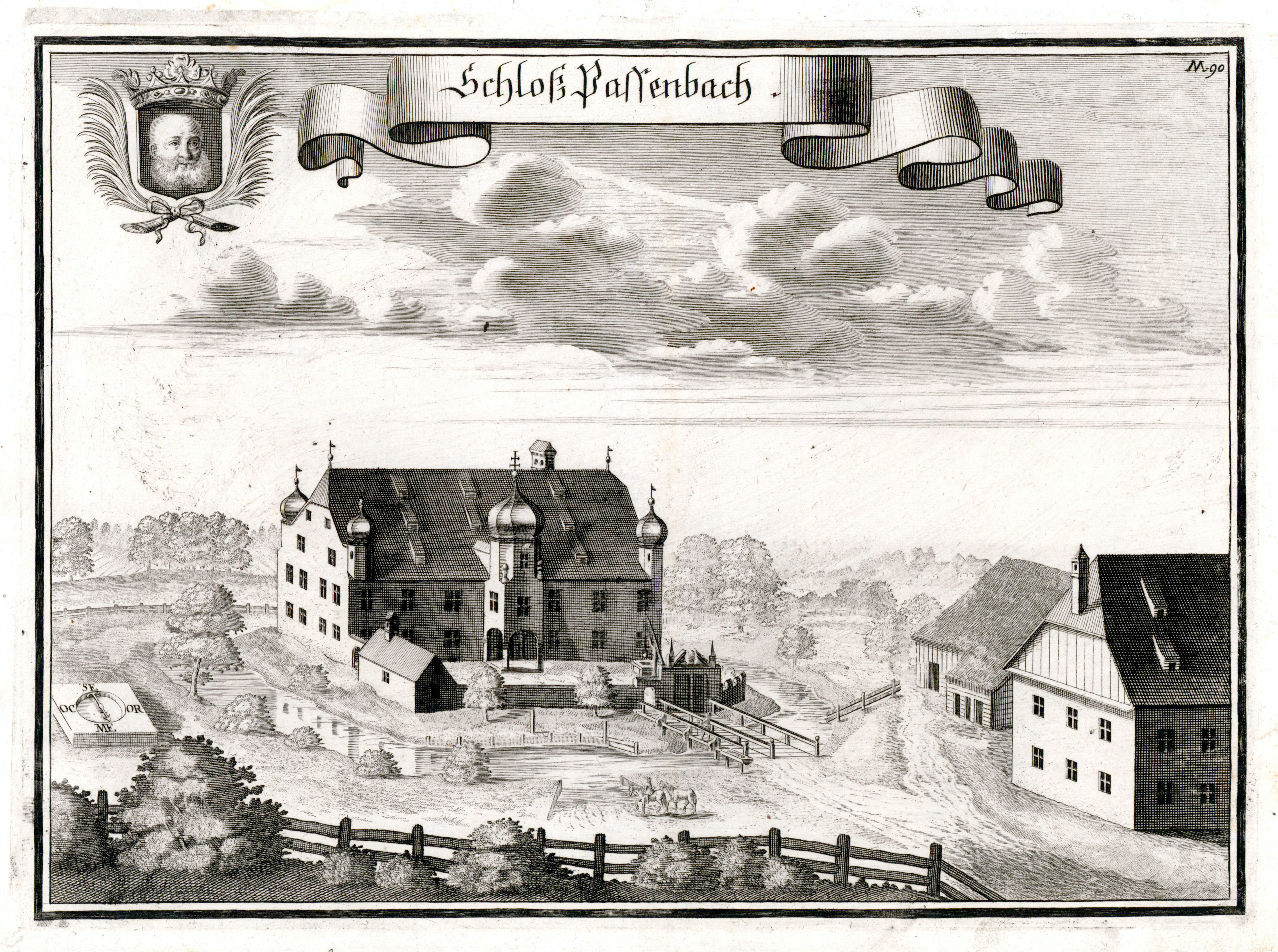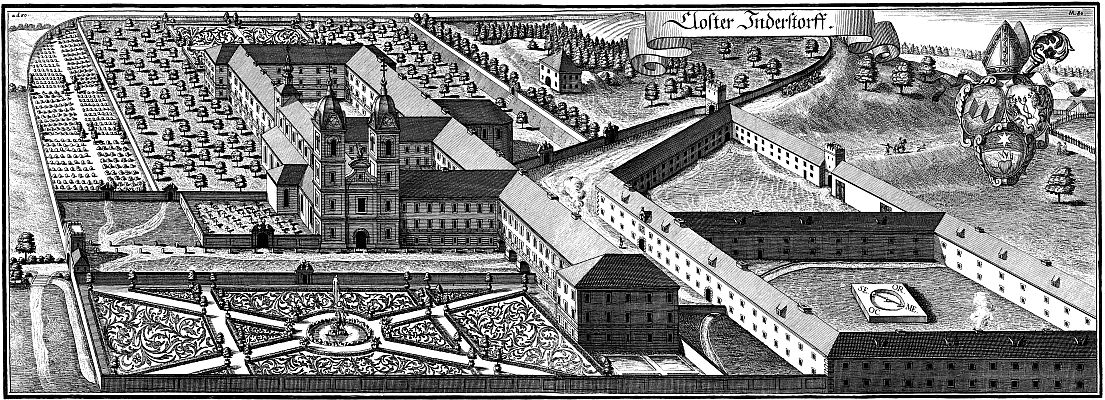|
Dachau District
Dachau () is a ''Landkreis'' (district) in Bavaria, Germany. It is bounded by (from the south and clockwise) the districts of Fürstenfeldbruck, Aichach-Friedberg Aichach-Friedberg is a ''Landkreis'' (district) in Bavaria, Germany. It is bounded by (from the northwest and clockwise) the districts of Augsburg, Donau-Ries, Neuburg-Schrobenhausen, Pfaffenhofen, Dachau, Fürstenfeldbruck and Landsberg, as w ..., Pfaffenhofen, Freising and Munich, and by the city of Munich. History The district was established in 1952. There were slight changes to the territory in the administrative reform of 1972. Geography The district extends from the northwestern suburbs of Munich to the so-called Dachauer Land. It is a hilly countryside, which is now densely populated. The growing Munich metropolitan area is advancing more and more into the district's territory. Coat of arms The arms include a red zigzag line on white background, which was the heraldic figure of the Wittelsba ... [...More Info...] [...Related Items...] OR: [Wikipedia] [Google] [Baidu] |
Dachau, Bavaria
Dachau () is a Town#Germany, town in the Upper Bavaria district of Bavaria, a state in the southern part of Germany. It is a major district town—a ''Große Kreisstadt''—of the Regierungsbezirk, administrative region of Upper Bavaria, about north-west of Munich. It is now a popular residential area for people working in Munich, with roughly 45,000 inhabitants. The historic centre of town with its 18th-century castle is situated on an elevation and visible over a great distance. Dachau was founded in the 9th century. It was home to many artists during the late 19th and early 20th centuries; well-known author and editor Ludwig Thoma lived here for two years. The town is known for its proximity to the Dachau concentration camp, operated by Nazi Germany between 1933 and 1945, in which tens of thousands of prisoners died. Etymology The origin of the name is not known, it possibly originated with the Celts who lived there before the Germans came. An alternative idea is that it ... [...More Info...] [...Related Items...] OR: [Wikipedia] [Google] [Baidu] |
Haimhausen
Haimhausen is a municipality located on the Amper River in the district of Dachau in Bavaria, Germany, about 20 Kilometers north of Munich. Geography Haimhausen borders directly on a marshy area called the Dachauer Moos. The landscape around Haimhausen has springs, oxbow lakes, mossy fields, forests, bogs, swamps, and wild grass meadows. Some of the natural areas are still ecologically valuable and are home to rare plants and animals. The following villages belong to the Haimhausen community: Amperpettenbach, Hörgenbach, Inhausen, Inhausermoos, Maisteig, Oberndorf, Ottershausen and Westerndorf. History According to local legend, Haimhausen was founded by three brothers: Heimo, Petto and Indo, (which form the placenames Haimhausen, Amperpettenbach and Inhausen), these three villages are near each other. Nevertheless, the area around Haimhausen may have been inhabited as far back as the Bronze Age. Haimhausen first appeared on a document in AD 772 as 'Heiminhusir'. It one time h ... [...More Info...] [...Related Items...] OR: [Wikipedia] [Google] [Baidu] |
Weichs
Weichs () is a municipality in the district of Dachau in Bavaria in Germany. There are 4 main villages in the municipality - Weichs, Aufhausen, Ebersbach, and Fränking. In addition, there are several smaller villages: Albertshof, Biechlhof, Breitenwiesen, Daxberg, Edenholzhausen, Edenpfaffenhofen, Erlbach, Erlhausen, Hölzböck, Jedenhofen, and Zillhofen. Geography Weichs is located in a picturesque area of rolling hills leading to the Glonn river. It is a beautiful example of a typical Bavarian countryside. Each village is a small knot of tidy white homes with red roofs, interspersed with small dairy farms and quaint Bavarian churches and surrounded by lovely fields of barley and corn. Near the town is a natural marshland called 'Weichser Moos'. History Weichs was first mentioned in a document in 807. The nobleman Deotpurc de Wihse donated property to the cathedral in Freising. This knightly family was often called "the Weichser" or "von Weichs". The name of the place can b ... [...More Info...] [...Related Items...] OR: [Wikipedia] [Google] [Baidu] |
Vierkirchen
Vierkirchen is a municipality in the district of Dachau in Bavaria in Germany. Meaning of town name The name Vierkirchen (German: four-churches) is a misnomer. There were never 'four churches' in the village, only one, (St. Jakobus). The name is most-likey a variation of the old-Bavarian dialect in the Middle Ages. Various names of 'Feohtkiricha', 'Feochtkyricha', 'Fichtkiriha' and 'Viechtkirchen' can be found in old church archives. These names suggest the original spruce wood (German: Fichten) church as the namesake. History The boundaries of a parish in Vierkirchen were said to have been established around AD 779 under Bishop Aribo of Freising. Vierkirchen is first mentioned in a church record in 820 AD. A layman named Reginhelm comes to Vierkirchen, where Bishop Hitto von Freising is apparently holding a large meeting. This Reginhelm hands over the property of his dying uncle Kaganhart to the bishop. At the same time he transfers the little son of Kaganhart to the bishop ... [...More Info...] [...Related Items...] OR: [Wikipedia] [Google] [Baidu] |
Sulzemoos
Sulzemoos is a municipality in the district of Dachau in Bavaria in Germany Germany,, officially the Federal Republic of Germany, is a country in Central Europe. It is the second most populous country in Europe after Russia, and the most populous member state of the European Union. Germany is situated betwe .... References Dachau (district) {{Dachaudistrict-geo-stub ... [...More Info...] [...Related Items...] OR: [Wikipedia] [Google] [Baidu] |
Röhrmoos
Röhrmoos is a municipality in the district of Dachau in Bavaria in Germany. It is located ca. 25 km northwest of München. The community is located between the Amper and Glonn valleys. History Röhrmoos is first mentioned by name in AD 774. The original name was 'Roraga Mussea' which roughly translates as 'marshy swamp with reeds'. The document of 774 describes a wealthy man named Onolf who owned property in 'Rorage Mussea'. Onolf's son was murdered in a clan feud, so Onolf donated a chapel to the church in Freising to help in the salvation of his son's soul. A parish church is first recorded in 1424, (St. John the Baptist). Röhrmoos later became part of the Dachau Regional Court of the Electorate of Bavaria. It then became a municipality in the Bavarian Reforms of 1818. The first railway between Munich and Ingolstadt was built through Röhrmoos in 1866/67. There was a serious railway accident in Röhrmoos on July 7, 1889 when 10 people were killed. Near the end of Wor ... [...More Info...] [...Related Items...] OR: [Wikipedia] [Google] [Baidu] |
Pfaffenhofen An Der Glonn
Pfaffenhofen an der Glonn is a municipality in the district of Dachau in Bavaria in Germany Germany,, officially the Federal Republic of Germany, is a country in Central Europe. It is the second most populous country in Europe after Russia, and the most populous member state of the European Union. Germany is situated betwe .... References Dachau (district) {{Dachaudistrict-geo-stub ... [...More Info...] [...Related Items...] OR: [Wikipedia] [Google] [Baidu] |
Petershausen
Petershausen is a municipality in the district of Dachau in Bavaria in Germany. Geography Petershausen is located in the valley of the Glonn with extensive floodplains. Much of the area outside of Petershausen is part of a nature preserve. History The area around Petershausen has been inhabited for centuries by the Celts of the Vindelici tribe. There are burial mounds that date as far back as 1500 BC near Petershausen (Obermarbach). The Romans and early Bavarians also inhabited the area. During Roman occupation, a road from Salzburg to Augsburg passed through Petershausen. Part of this road would be used for oxen/cattle trading during the Middle Ages. The place name 'Petershausen' was first mentioned in a church document 1116 AD, concerning the local church (St. Laurentius). The 'Pertrichhof' in the center of the village was built around 1500 as a tavern and still exists today as a charming 'Wirtshaus'. The town and church were greatly damaged during the Thirty Years War and ... [...More Info...] [...Related Items...] OR: [Wikipedia] [Google] [Baidu] |
Odelzhausen
Odelzhausen is a town and Municipalities of Germany, municipality in the west of the region of "Dachau" (Upper Bavaria). The administrative collectivity of Odelzhausen consists of Odelzhausen and the townships of Sulzemoos and Pfaffenhofen an der Glonn. Odelzhausen is situated along the Bundesautobahn 8, A 8 Autobahn, which connects Munich and Stuttgart. The distance to Augsburg City Centre is 32,4 km (20.1 miles), to Munich City Centre 38,3 km (23.8 miles). No light rail connects it directly to Munich, but three bus lines connect the town with the Dachau station, Dachau and München-Pasing station, Munich-Pasing station. On-demand taxi lines are being phased in to improve public transport. The town celebrated 1200 years of existence in 2014. The town has a Bavarian Red Cross station, shops, hotels, and the historic castle contains the Schloss Hotel and Bavarian restaurant. There is also the par 72 Golf Club Munich-West. Of architectural interest is the Parish church St. ... [...More Info...] [...Related Items...] OR: [Wikipedia] [Google] [Baidu] |
Markt Indersdorf
Markt Indersdorf is a municipality in the district of Dachau in Bavaria in Germany. Geography Markt Indersdorf is located on the Glonn River. The Glonn divides the two main towns Markt Indersdorf and Kloster(monastery) Indersdorf. Markt Indersdorf is the largest town in the Dachau hinterland with a central location within the Dachau district. The closest villages are Langenpettenbach, Engelbrechtsmühle, Glonn, Karphofen, Strassbach, and Untermoosmühle. Other villages further out are Ainhofen, Eichstock, Langenpettenbach and Hirtlbach. History The area around Indersdorf has been inhabited by humans for thousands of years. Remains of Celtic/Vindelici structures near Arnzell (between Indersdorf and Altomünster) have been discovered. A Roman road that went from Salzburg to Augsburg passed through a forest south-east of Indersdorf. The road would later be used for oxen/cattle trading in the Middle Ages. The place name "Indersdorf" may refer to the Bavarian name "Undeo" or "Undio" ... [...More Info...] [...Related Items...] OR: [Wikipedia] [Google] [Baidu] |
Karlsfeld
Karlsfeld is a municipality in the district of Dachau, in Bavaria, Germany. During World War II, it was the location of a subcamp of Dachau concentration camp. The municipality is situated 12 km northwest of Munich (centre). The headquarters of MAN and MTU Aero Engines are located in Munich right on the border to Karlsfeld. Karlsfeld railway station is served by the Munich S-Bahn on line S2. Twin town * Muro Lucano Muro Lucano formerly Muro (until 1863) is a city and ''comune'' in the province of Potenza, in the northern part of the region of Basilicata, southern Italy. History The city is situated on the site of the ancient Numistri, at the foot of the A ..., Italy External linksKarlsfeldOfficial web site Notes Dachau (district) {{Dachaudistrict-geo-stub ... [...More Info...] [...Related Items...] OR: [Wikipedia] [Google] [Baidu] |



